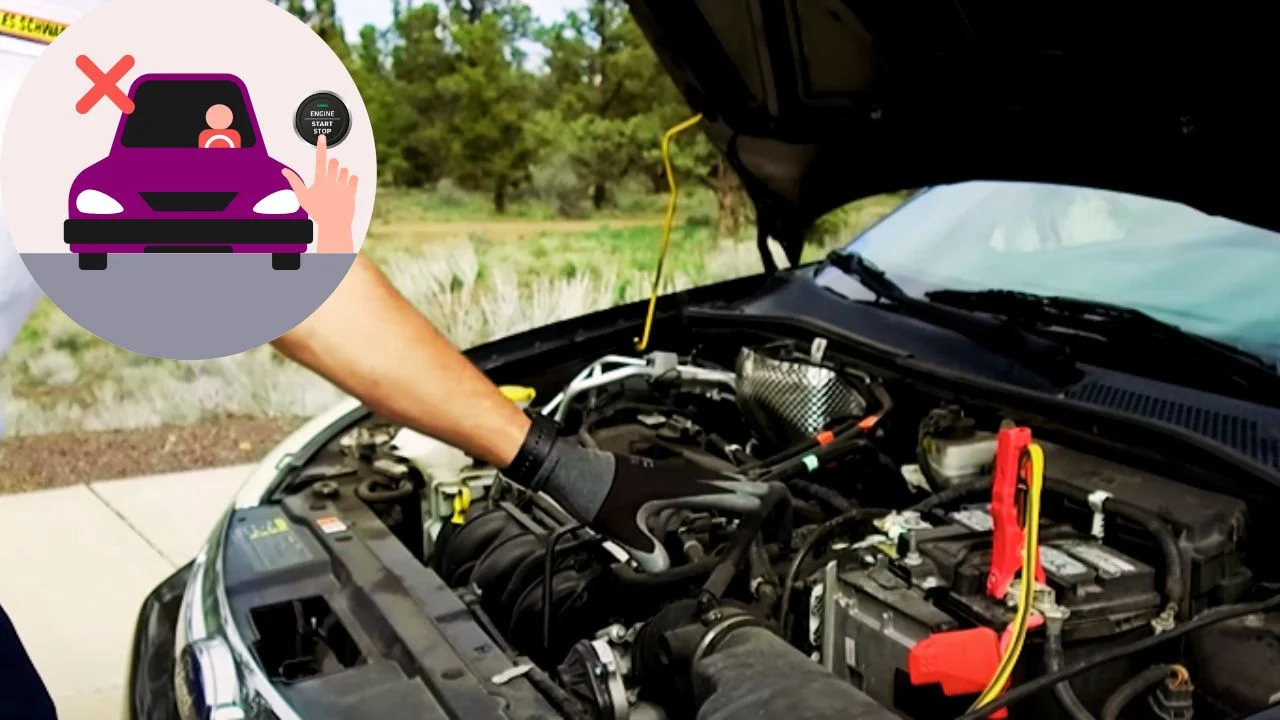This problem, where your car starts after jump but won’t start again, is something many drivers deal with. You jump-start it, think it’s good to go, but the next time you turn the key, nothing happens. A friend of mine faced this last week his car ran for 20 minutes after a jump, then died again.
In most cases, it’s a bad battery, faulty alternator, or loose cables causing the issue. If you’re wondering whether Is It Safe to Jump Start a Car in the Rain, follow proper precautions to stay safe while troubleshooting your vehicle.
Quick Look
If your car starts after a jump but won’t start again, the issue is likely a weak battery, bad alternator, or loose connections. Check battery voltage, alternator output, and cables to find the cause before it leaves you stranded.
If you often deal with battery issues, investing in a High-Performance Car Jump Starter with Air Pump can be a lifesaver, ensuring you’re never stuck without power or proper tire pressure. Plus, having a reliable jump starter means you won’t have to rely on another vehicle to get back on the road.
Possible Causes of the Issue
Alright buddy, your car fired up after a jump, but now it’s back to being dead? That’s a clear sign something bigger is going on under the hood. Weak battery symptoms like this often mean your battery isn’t holding a charge properly. If you’re dealing with frequent jump-starts, check out the Most Reliable 12/24 Volt Jump Starter for Trucks & Fleets to keep your vehicle running without hassle.
1. Dead or Weak Battery

If your battery is over 3 to 5 years old, it might not hold a charge anymore. Jump-starting only gives it a temporary boost, but if the battery itself is weak, it won’t keep the power. A healthy battery should read 12.6 volts when the car is off and at least 13.7 to 14.7 volts when the engine is running. If it’s below 12.4 volts, it’s time for a replacement. A simple trick? Turn on your headlights if they dim quickly, your battery is likely failing. Learn How to Safely Jump Start a Diesel Truck with Twin Batteries to avoid further issues.
2. Bad Alternator
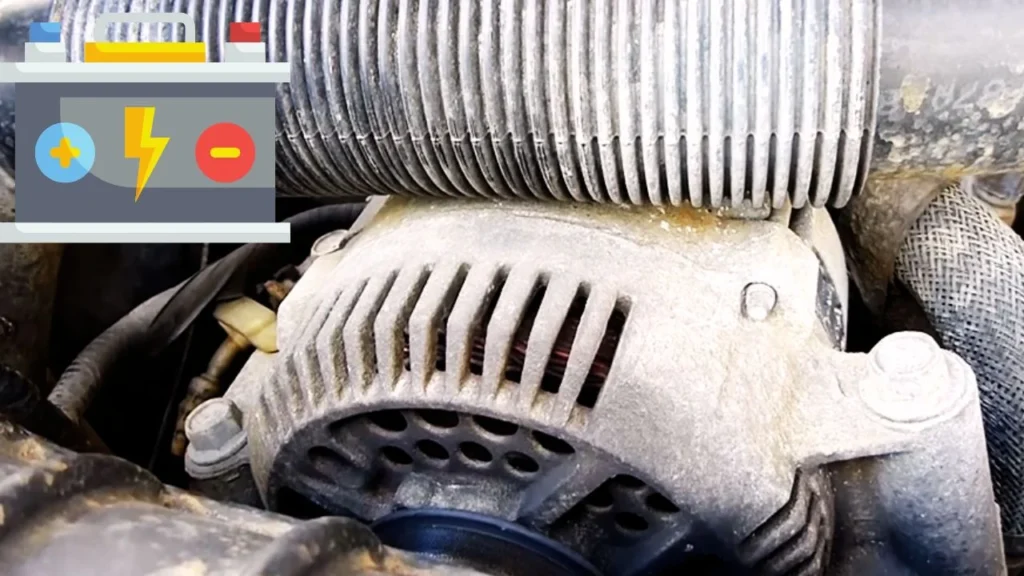
Your alternator is what keeps the battery charged while driving. If it’s failing, the battery won’t recharge, and the next time you try to start your car boom, nothing. Car starts after jump but won’t start again? That’s a classic sign of a weak alternator. A good alternator should push out around 13.5 to 14.5 volts when the engine is running. If it’s below 13 volts, your alternator isn’t charging the battery properly. Another sign? If your battery dies again within 10-15 minutes of turning off the car, the alternator is probably bad.
3. Corroded or Loose Battery Cables
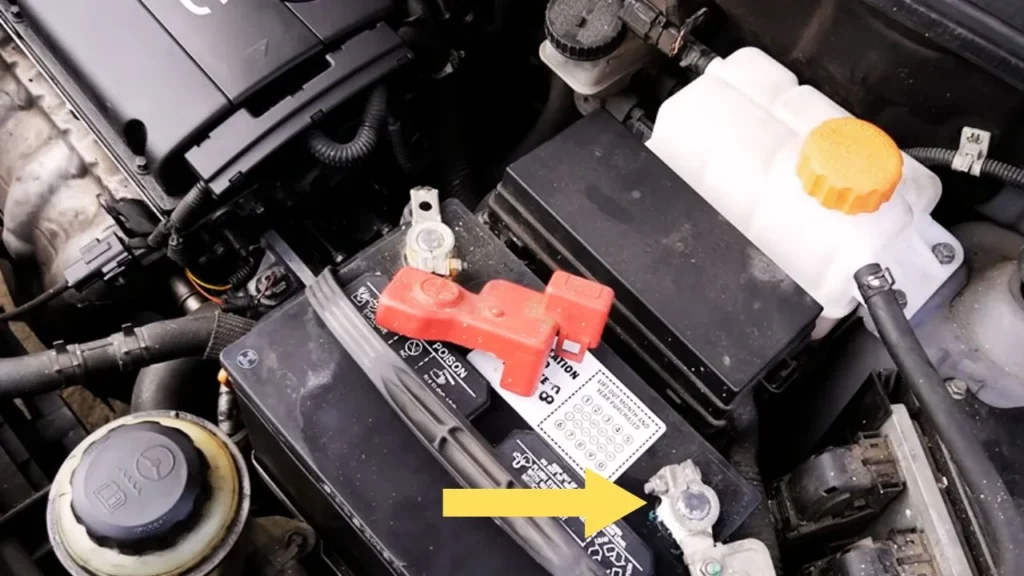
Even a strong battery won’t work if the connections are bad. Check your battery terminals if you see white or greenish gunk, that’s corrosion blocking the power flow. A loose cable can also stop your car from starting again. Car won’t start after turning off is a common issue when battery connections are weak. Battery cables should have less than 0.2 ohms of resistance for a good connection. Tighten things up and clean the terminals with a baking soda and water mix for better power flow.
4. Starter Motor Problems
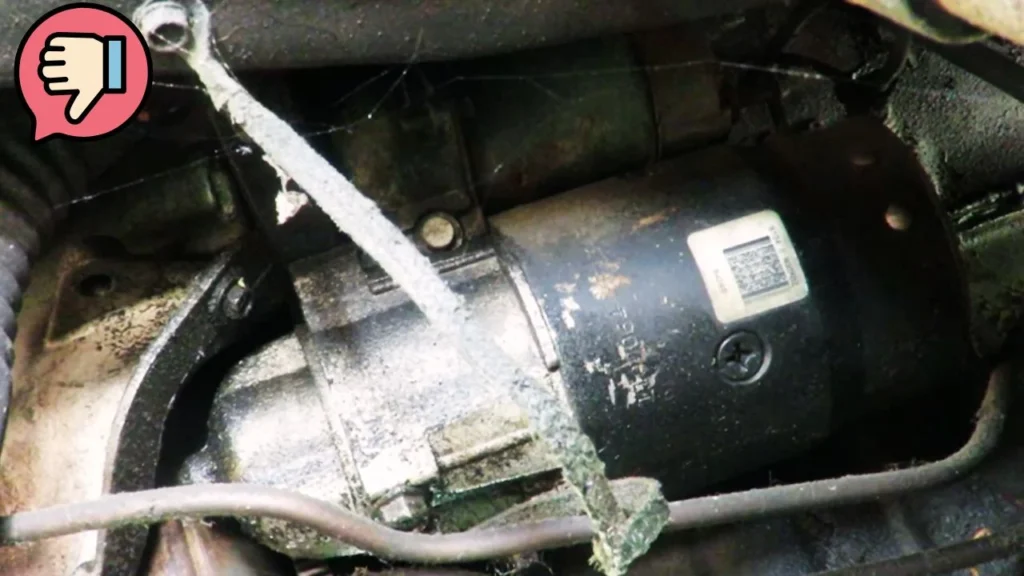
Your starter is what cranks the engine when you turn the key. If it’s wearing out, you might hear a single click or rapid clicking sounds but no engine turnover. A failing starter can draw 100-200 amps or more, draining power and making it seem like a battery issue when it’s actually the starter causing trouble. If you’ve replaced the battery and still have problems, the starter should be checked next.
5. Electrical Issues or Blown Fuses
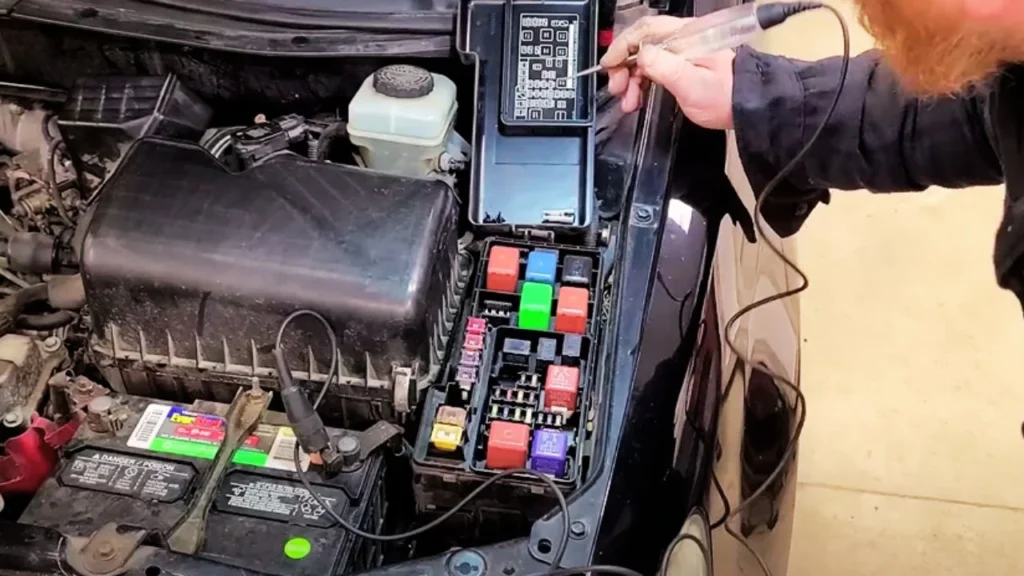
Sometimes, the problem is as simple as a blown fuse. Your car relies on multiple relays and fuses to start properly. If one of them burns out, your ignition system might not work at all. Most car fuses range between 5 to 40 amps, and a visual check can show if one is blown. Checking the fuse box (usually under the hood or dashboard) can save you from an unnecessary battery or alternator replacement. If a dead battery is the issue, follow Using Jumper Cables to Revive a Dead Battery: Easy Instructions to get back on the road quickly.
How to Troubleshoot the Problem
Let’s break it down and find out why your car won’t start again after a jump. These quick checks will help you figure out the issue. If you’ve already installed a new battery, there might be an issue with your alternator, wiring, or another part of your electrical system that needs troubleshooting. Learn more about Replaced Battery, Yet Car Only Starts with a Jump to diagnose and fix the problem.
1. Check the Battery Voltage

A good battery should read 12.6V or higher when the car is off. If it’s below 12.4V, it’s weak, and if it drops under 10V while starting, the battery is likely dead. You can check this with a multimeter for an instant reading.
2. Test the Alternator While Running

Start the car (with a jump if needed) and check the voltage again. A working alternator should provide 13.5V to 14.8V while the engine is running. If it’s below 13V, it’s not charging properly, and if it’s above 15V, it may be overcharging, which can damage the battery.
3. Inspect Battery Terminals
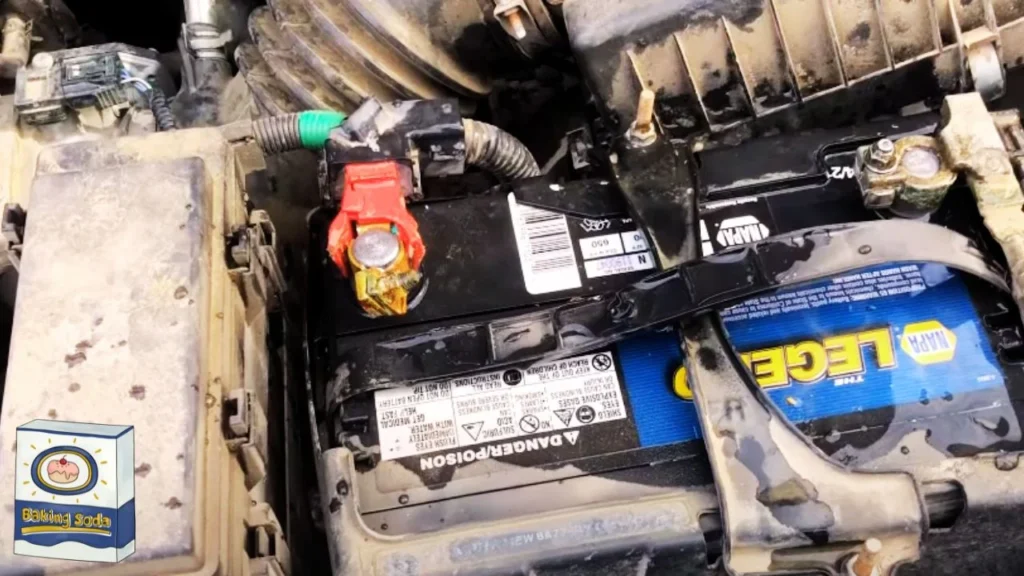
Loose or corroded terminals can block power flow. Look for white or green buildup on the terminals. If you see corrosion, clean it with a mix of baking soda and water and scrub it with an old toothbrush. Make sure the connections are tight to avoid power loss.
4. Check for Starter or Fuse Issues
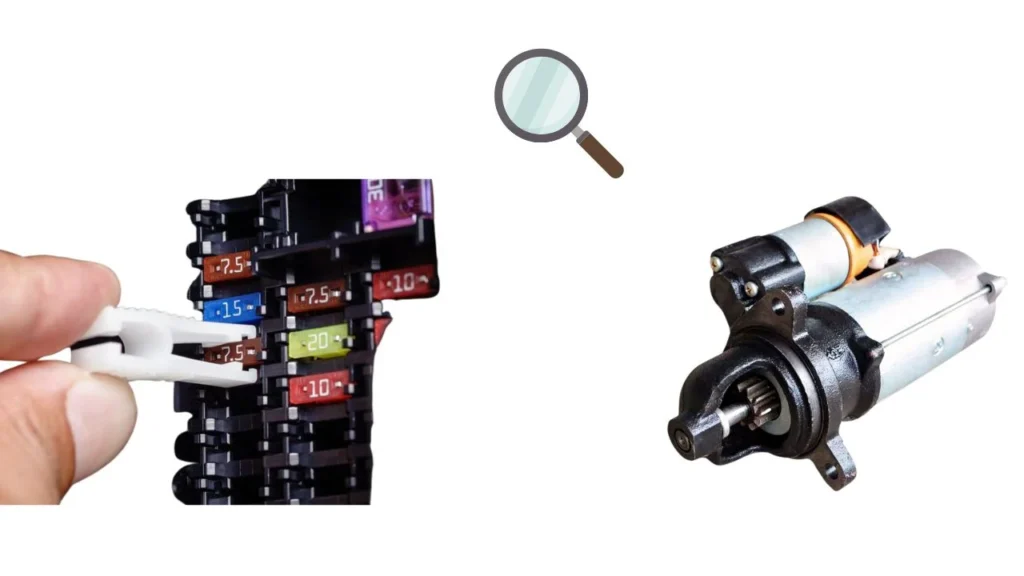
If the battery and alternator seem fine, but the car still won’t start, listen for a clicking sound when turning the key. This usually points to a bad starter. Also, check the fuse box under the hood if the starter fuse is blown, replacing it might fix the issue.
Preventative Measures to Avoid Future Issues
Nobody likes dealing with a car that refuses to start again after a jump. The best way to avoid this headache is by taking a few simple precautions. Trust me, a little maintenance now can save you from spending hundreds later.
1. Check Your Battery Regularly
Your car battery isn’t built to last forever. On average, a battery lasts 3 to 5 years, but extreme weather and frequent short trips can kill it faster. Every 3 months, test your battery voltage with a multimeter healthy levels should be between 12.6V to 12.8V when the car is off and around 13.7V to 14.7V when running. If it’s lower, your battery may be on its way out.
2. Keep an Eye on the Alternator
Your alternator is what keeps your battery charged while driving. If it’s failing, your battery won’t last long, no matter how new it is. Every 6 months, have your alternator checked, especially if you notice dimming headlights or a whining noise under the hood.
3. Clean Battery Terminals
Corrosion is a silent killer for batteries. That white or greenish stuff on the terminals? It blocks the connection and stops your battery from charging properly. Every 2-3 months, clean the terminals using a simple mix of baking soda and water. Scrub them with an old toothbrush, rinse with water, and dry before reconnecting.
4. Don’t Ignore Loose or Worn Cables
Loose or frayed battery cables can cause intermittent power issues. When you jump-start your car, always check if the cables are tightly secured. If your cables look damaged, replace them immediately new cables .
5. Reduce Unnecessary Power Drain
Leaving your headlights, interior lights, or radio on when the engine is off drains your battery fast. Also, charging multiple devices at once (like your phone and a laptop) while the engine is off can shorten battery life. If you’re parking for a while, turn off all electronics to preserve battery power.
Key Takeaways
- Battery might be dead if it’s older than 3-5 years and won’t hold a charge.
- A bad alternator won’t recharge the battery, causing it to drain again.
- Loose or corroded battery cables can stop power flow even if the battery and alternator are fine.
Conclusion
Main problem here is that your car starts after jump but won’t start again, which usually means a weak battery, failing alternator, or bad connections. A good battery should read 12.6V off and 13.7-14.7V running anything lower signals trouble. Ignoring this issue can leave you stranded at the worst time. Check your battery, alternator, and cables to find the real cause. If the problem keeps coming back, fix it early before it turns into a bigger headache.
FAQs
Q1. Why does my car start after a jump but won’t start again?
This usually happens due to a weak battery, a failing alternator, or loose battery connections. If your battery isn’t holding a charge or the alternator isn’t recharging it, your car won’t start again without another jump.
Q2. How do I know if my alternator is bad or if it’s just the battery?
Use a multimeter to check the battery voltage. If it reads 12.6V when off and 13.7-14.7V while running, your alternator is working fine. If the voltage drops while running, the alternator isn’t charging the battery properly.
Q3. Can a bad starter cause my car to need a jump start?
A failing starter can make your car hard to start, but it won’t drain the battery like a bad alternator. If your car only starts with a jump and then dies again, the issue is more likely with the battery or alternator.
Q4. What should I do if my car needs a jump start every time?
First, check the battery voltage and alternator output. If the battery is weak or over 3-5 years old, replace it. If the alternator isn’t charging, it may need repair. Also, inspect battery cables for corrosion or loose connections.

